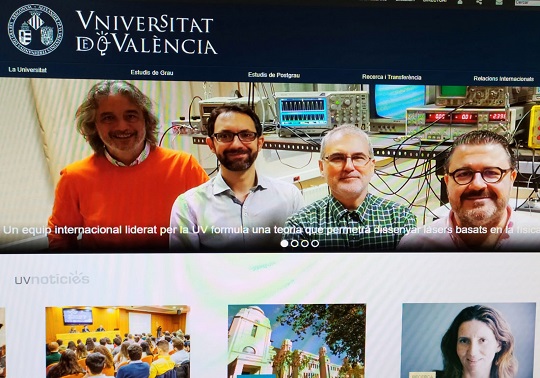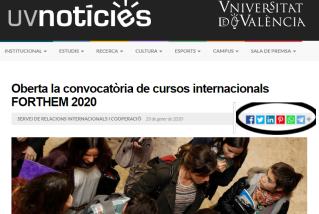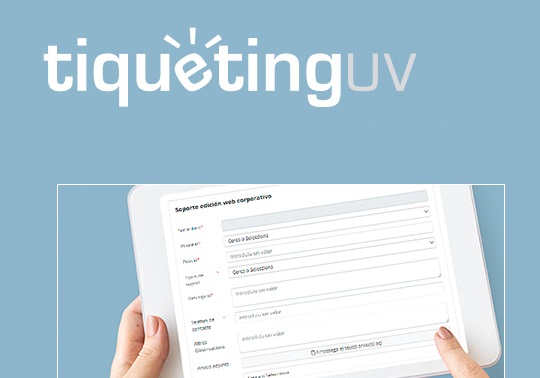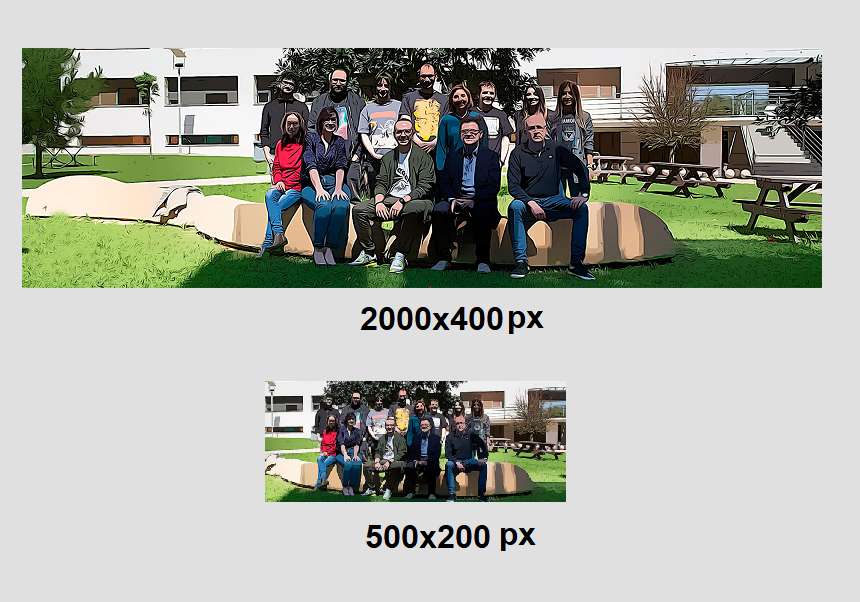
We give you some recommendations to improve the positioning of the contents of our web pages in a natural way, which is known as SEO positioning. It is convenient to work on the contents in a way that they add value, enhancing them as we explain in the following paragraphs.
30 january 2020
Title
The choice of this title must be taken into account because it is one of the most important factors of SEO On Page.
Words like 'Super', 'Best' or 'The most'. Even adding the year or numbers can help us in two ways; the first, by attracting more clicks and virality; the second, by getting more combinations of keywords.
In the title, the keyword(s) have to go as far left as possible. This is the most used form and the one that improves positioning. Remember that this title is the one that will appear in Google searches.
Attractive and quality content
It is recommended that the content be as complete as possible because this will also reduce the drop-out or rebound rate as much as possible. The importance of the quality of the content, providing valuable information, is a basic factor for Google.
The location of keywords within the text is a quality to be taken into account. To improve our positioning is to add our keyword in the first or second paragraph of the content, among the first 100 words of the content. Introducing synonyms and related keywords can be very useful to give the content a more natural feel.
The content must be very structured. As a general rule, an introduction should be made with the most relevant information, the body with extended data and finally, references and links should be given.
What elements can be used?
- Images, computer graphics and videos (especially if uploaded to YouTube) as a resource.
- To give structure to the text:
- Headers.
- List and quotation formats.
- Bold and italics but not in excess.
- External links. It is convenient to enrich the content for different reasons:
- It makes it easier for Google to identify the subject of the article thanks to these links.
- It adds value to the content and complements it.
- It creates bonds with other web pages of our sector.
- Internal links to UV domain pages. It is a very powerful strategy to improve our web positioning, but we must know how to do it because too much is counter-productive.
- Mention strategy. It has and must be an aspect that we use only if the quality of the content is indisputable.
Content length
As long as a content is of quality, it will have more preference than other similar content, if it has more words. Highly structured content and its length is particularly valued by Google. More extensive content is more likely to use keywords and also has a greater richness of words and qualifiers. It is also understood that it will be considered a more elaborated and documented work. If we generate a very complete content that addresses all the questions or doubts that users may have, we will logically be managing to reduce the bounce rate.
Update contents
If the information being transmitted may be of more or less permanent interest, i.e. that it is not outdated, it can always be reviewed and republished. In the event that it refers to a procedure, it should always be updated to clarify what step we are at.
Some other important aspects
-
We must take into account the weight of the images that we incorporate into our content because they affect the loading speed of the page. Speed improves the user experience.
-
Responsive web design (adapted to display on mobile devices). All the Universitat de València's websites have this consideration
-
The sharing of content on social media. Once the contents have been generated, it is very easy to share them on social media by means of the sharing bars. In itself it does not position but by doing so we manage to attract traffic to our website and make our content known to a much wider audience.
















